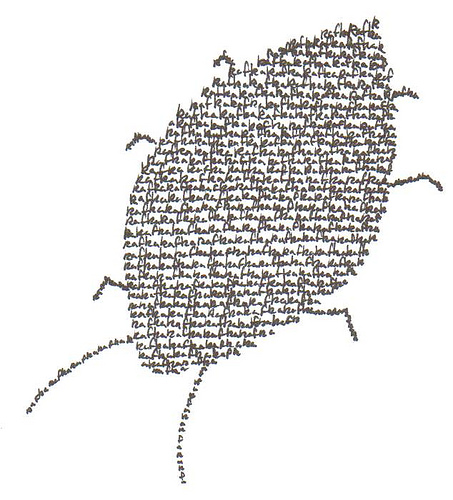 Mention metamorphosis and two contrasting ideas flit into my mind. On the Humanities side there’s Kafka’s story of Gregor Samsa waking up to find himself a beetle, and Ovid with his tales of Greek legends. In contrast, amongst the Science stacks of the L-space in my brain, I recall Lepidoptera and Amphibians. All are to do with transformation. What influence has metamorphosis had on stories?
Mention metamorphosis and two contrasting ideas flit into my mind. On the Humanities side there’s Kafka’s story of Gregor Samsa waking up to find himself a beetle, and Ovid with his tales of Greek legends. In contrast, amongst the Science stacks of the L-space in my brain, I recall Lepidoptera and Amphibians. All are to do with transformation. What influence has metamorphosis had on stories?
Myths, legends and folktales have no end of transformation in them. There’s fleet-footed Daphne turned into a Laurel bush during her pursuit by Apollo – or Narcissus transfixed by his own reflection and turned into a daffodil. The sea-nymph Charybdis becomes a deadly whirlpool: in Greek stories, anyone can be changed into anything, it seems.
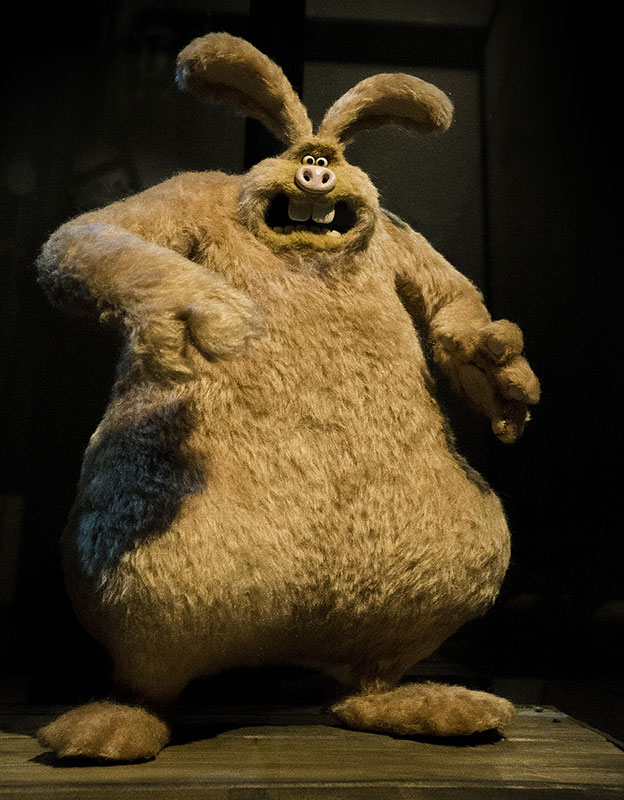
Were-rabbit
In other traditions, there are shape-shifters such as werewolves, bunyips and witch hares. You can have human-like beings who transform – sometimes by shedding their skin, such as selkies. Others include treacherous entities like the Scottish Water Kelpie who appears to be a beautiful horse – but then drags the rider down into its marine lair.
Compare that with the scientific strand. How utterly astonishing that a caterpillar can become a butterfly. How marvellous that tadpoles grow legs and absorb their own tails. How bizarre that flatfish start life with eyes on both sides of their heads yet end up with two on the top.
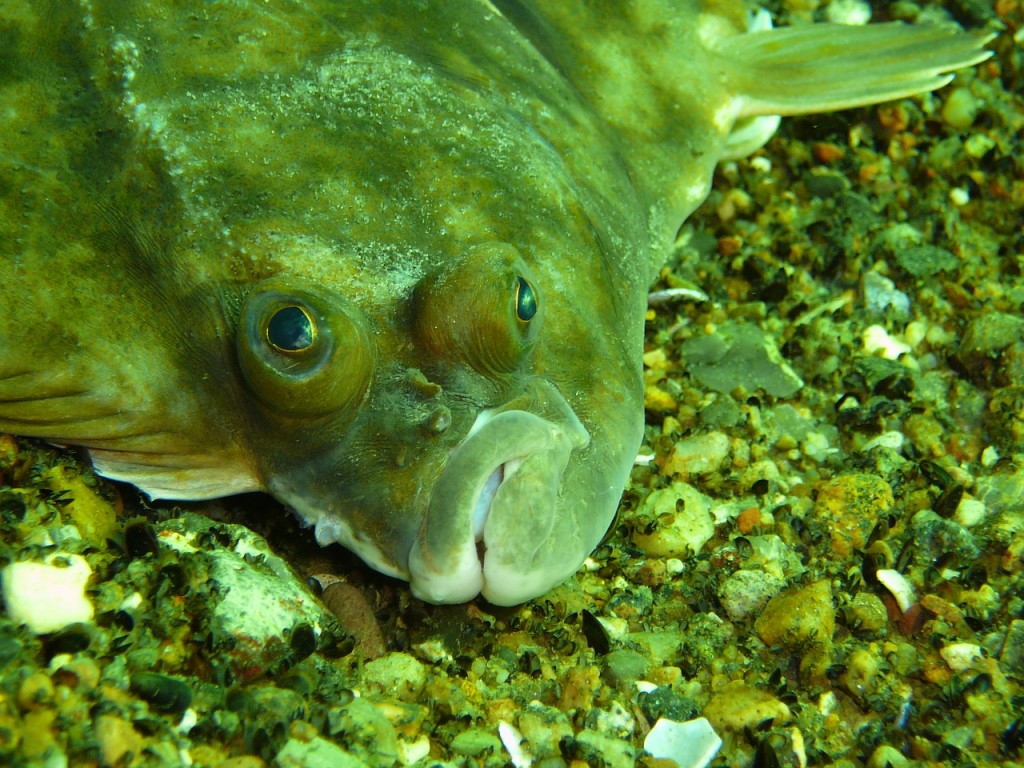
A mature plaice
We are filled with wonder by all these changes – and a degree of discomfort. How must it feel for a dragonfly larva to leave its old skin behind? What is it like to to completely re-form inside a pupa and emerge with wings? No wonder this is used as a metaphor for an afterlife.
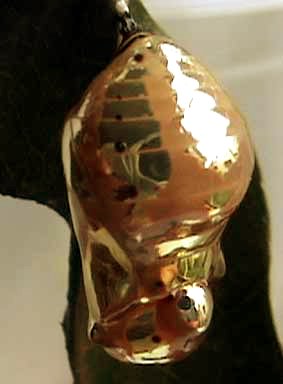
You can see how a chrysalis got its name from ancient Greek for “golden”.
All these mutations are utterly fascinating – but such stories often contain an element of threat. We feel deceived by creatures that change from one thing to another – and even more unnerved by people who do the same. As someone rightly said at Marina Warner’s recent talk at The Sussex Centre for Folklore, Fairytale and Fantasy, are these narratives available to trans* people? Do they embody the breaking down of categories learnt since childhood?
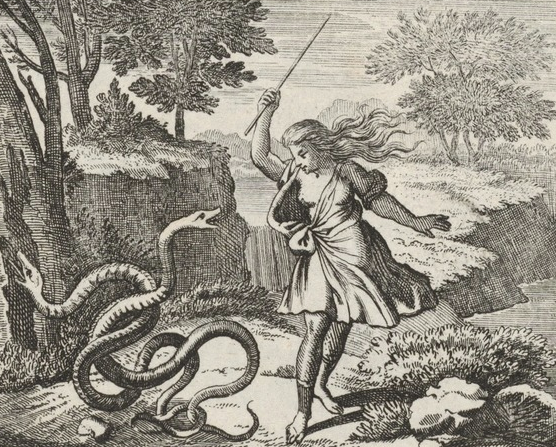
Tiresias – the man-woman seer
No wonder tales of metamorphosis, of changing shape or state, are both marvellous and unsettling. The possibility of transformation has both threat and promise – perfect material for all storytellers whether they work with fantasy and myth, or not.
![By Maria Sibylla Merian (1647-1717) [Public domain], via Wikimedia Commons](http://kmlockwood.com/wp-content/uploads/2016/02/Merian_Metamorphosis_XXIII.jpg)
By Maria Sibylla Merian (1647-1717) [Public domain], via Wikimedia Commons

Pingback: Monsters – not just for fantasy writers | K.M.Lockwood